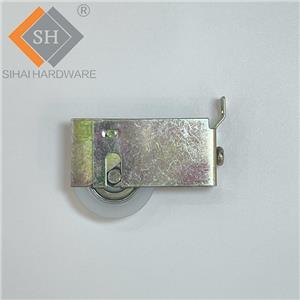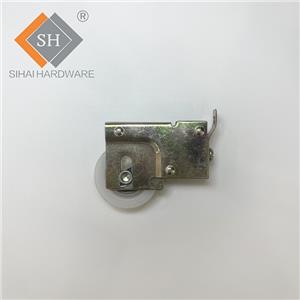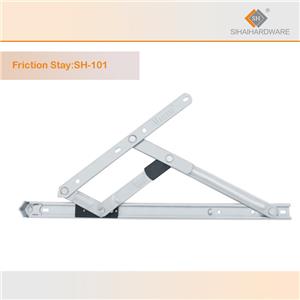ARTICLE NO.72|Avoiding Casement Window Hinge Failures: Addressing Incorrect Installation and Poor Maintenance
ARTICLE NO.72|Avoiding Casement Window Hinge Failures: Addressing Incorrect Installation and Poor Maintenance
Casement windows, with their side-hinged design, offer numerous advantages in terms of ventilation, aesthetics, and energy efficiency. At the heart of these windows are the hinges, which play a crucial role in their smooth operation and long-term performance. However, improper installation and neglected maintenance can lead to premature casement window hingefailures, causing a range of issues for homeowners and building managers. In this article, we will explore the potential sources of hinge failures, focusing on incorrect installation practices and poor maintenance, with a specific emphasis on aluminum window hinges and friction stay hinges.
1. Incorrect Installation of Casement Window Hinges:
Proper installation is paramount for the optimal performance and longevity of casement window hinges. Common mistakes during installation can significantly contribute to hinge failures:
a. Misalignment: Improperly aligned hinges can cause binding, increased friction, and uneven stress distribution, leading to premature wear and tear.
b. Overtightening: Excessive tightening of hinge screws or bolts can deform the hinge components, compromising their structural integrity and smooth operation.
c. Inadequate Support: Insufficient support or improper anchoring of the hinges to the window frame can result in instability and increased stress on the hinge mechanisms.
2. Poor Maintenance of Casement Window Hinges:
Neglecting the maintenance of casement window hinges can also contribute to their failure, particularly in the case of aluminum window hingesand friction stay hinges.
a. Lack of Lubrication: Inadequate lubrication of the hinge's moving parts, including the pivot points and friction stay mechanisms, can lead to increased wear and tear, causing stiffness and binding.
b. Corrosion and Rust: Exposure to moisture, harsh environments, or lack of corrosion-resistant coatings can lead to the development of corrosion and rust, weakening the hinge structure and compromising its functionality.
c. Accumulation of Debris: The buildup of dirt, dust, or debris in the hinge mechanisms can impede smooth operation and accelerate wear, eventually leading to hinge failures.
3. Addressing Hinge Failures:
To mitigate the risks of casement window hinge failures, it is crucial to ensure proper installation and regular maintenance:
a. Follow manufacturer's installation guidelines meticulously to ensure correct alignment, secure anchoring, and appropriate tightening of the hinge components.
b. Implement a regular maintenance schedule, which includes lubricating the hinge parts, inspecting for signs of corrosion, and cleaning the hinge mechanisms to prevent debris accumulation.
c. Consider upgrading to high-quality aluminum window hinges or friction stay hinges designed to withstand the demands of frequent use and environmental stresses.
Conclusion:
Casement window hinges, including aluminum window hinges and friction stay hinges, are essential for the smooth and reliable operation of these windows. Addressing incorrect installation practices and implementing proper maintenance strategies are crucial to preventing hinge failures and ensuring the long-term performance of casement windows. By understanding the potential sources of hinge issues and following best practices, building owners and maintenance professionals can proactively safeguard the functionality and longevity of their casement window systems.




